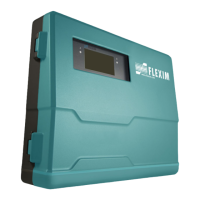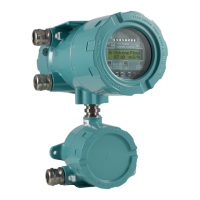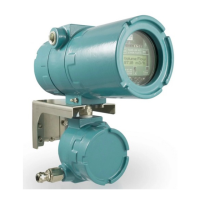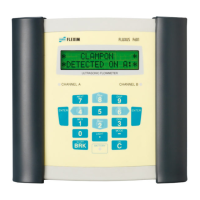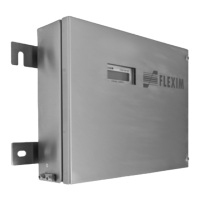FLUXUS WW 4 General principles
18 UMFLUXUS_WWV1-1EN, 2018-02-28
NoiseTrek parallel beam
For small pipes or highly damping fluids, the transit time in the fluid is very small. This leads to a deterioration of the signal
quality. In this case the NoiseTrek mode has to be used.
The NoiseTrek parallel beam mode works the same way the NoiseTrek mode does, the only difference is that the sending
and receiving process do not occur in the same transducer. A better signal quality for small pipes and highly damping flu-
ids is achieved by separating the sending and receiving signal. The transducers are mounted in parallel on the pipe at a
small angle (see Fig. 4.6). A measurement in TransitTime mode is not possible when working with this measurement ar-
rangement.
4.2.4 HybridTrek Mode
The HybridTrek mode combines the TransitTime mode and the NoiseTrek mode. During a measurement in the Hy-
bridTrek mode, the transmitter automatically toggles between the TransitTime mode and the NoiseTrek mode depending
on the gaseous or solid content.
4.3 Measurement arrangements
4.3.1 Terms
Diagonal arrangement
The transducers are mounted on the opposite sides of the pipe (see Fig. 4.7).
Reflection arrangement
The transducers are mounted on the same side of the pipe (see Fig. 4.8).
Sound path
The distance covered by the ultrasonic signal after crossing the pipe once. The number of the sound paths is:
• odd if the measurement is conducted in diagonal arrangement (see Fig. 4.7)
• even if the measurement is conducted in reflection arrangement (see Fig. 4.8).
Beam
The path covered by the ultrasonic signal between the transducers: the transducer emitting the ultrasonic signal and the
transducer receiving it. A beam consists of 1 or several sound paths (see Fig. 4.9 or Fig. 4.10).
Fig. 4.6: Measurement arrangement in the NoiseTrek parallel beam mode
Fig. 4.7: Diagonal arrangement Fig. 4.8: Reflection arrangement
Fig. 4.9: 1 beam, 4 sound paths, reflection arrangement Fig. 4.10: 2 beams, 3 sound paths, diagonal arrangement
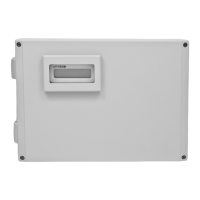
